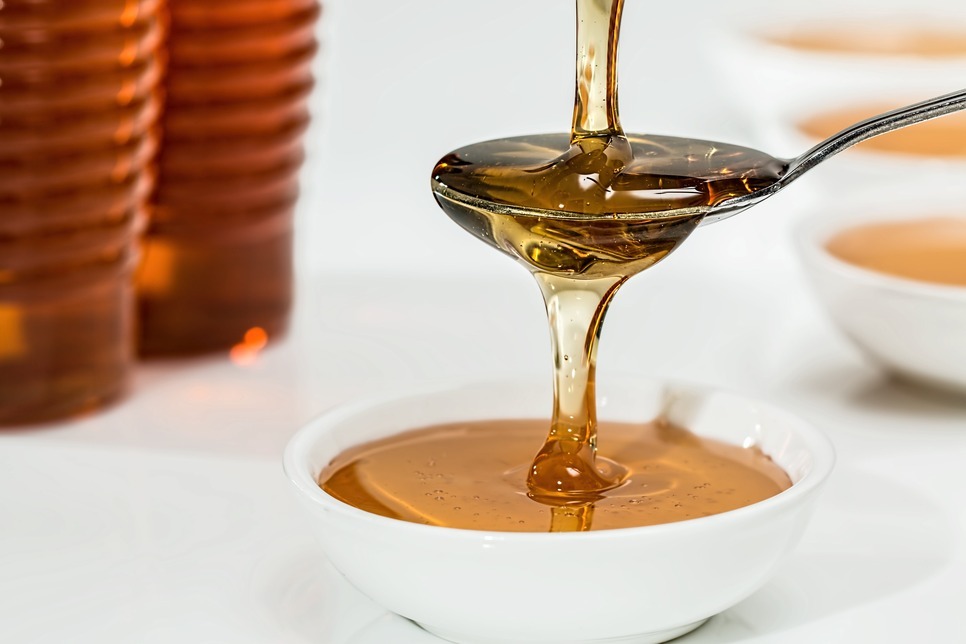Hungarians to put an end to sticky honey business?
Hungarian researchers have tested a new way to tell real honey from fake honey. This could be a real game changer in the detection of fake honey.
Researchers from Semmelweis University and the Hungarian University of Agriculture and Life Sciences have worked together in developing a more efficient method in telling apart honeys. Compared to other methods this newly discovered procedure is much more cost- effective and quite faster.
Laying the groundwork
The above mentioned two universities have collaborated quite successfully in creating a potentially globally unique method to verify the authenticity of honey. This discovered method aims to dissect the minor differences in the components of honey. It mostly helps tell the natural components from the added ingredients, thus easing the so far extremely costly analytical methods. The new method will likely become a better technique for detecting honey manipulation in the future. Since it is more successful in determining the procedures used for honey manipulation it can confirm with a much higher success rate the botanical or geographical origin, the adulteration or overheating.
The problem with honey
Since honey is one of the foods that’s the most counterfeited worldwide, it’s an important job to keep the quality goods from getting mixed up with counterfeits. The above mentioned methods are great at spotting when honey was mixed with sugar syrup. This is one of the most common methods of producing fake honey, since it doesn’t take much money and is very time effective. Most times, when fake honey is made, it’s either done by directly mixing the sugar syrup into the honey or feeding the bees with sugar syrup, while they build their beehive and collect nectar.
The study
In the study that published the findings of the researchers the first author discussed their main goals with their findings. The main author, who is assistant professor at Semmelweis University’s Department of Dietetics and Nutrition Science explained that they “sought to answer how effectively they can distinguish one type of honey from another”. The study’s special focus was on separating pure honey from fake, this way making it easier for differentiating between the quality of honey products.
According to the study published the researchers have tried several approaches to differentiate between the honey types. Among these were two analytical methods, electronic nose and near- infrared spectroscopy (NIRS). These were mainly used to detect overheating, which is a big issue in the honey business.
The results
The presently practiced methods mostly require a long preparation period, expensive chemicals and time. However with the procedure that the Hungarian researchers have tested and found successful, less preparation, chemicals and time is needed. This could be a revolutionary step in the honey business.
However for this new method to become sufficiently successful internationally, it has to have a large database at it’s disposal. The plan is to put in as much data as possible, such as samples and measurements. Another surprising advantage of the new technique is that the system can be taught to differentiate between the types of honey it analyses, writes VG. Feeding the system obtained data over time, helps with identifying the special values that each type of honey has.
The possibilities
There have been talks in the EU about the future of honey regulations. These talks were mainly initiated by Hungary, who is one of the main advocates of indicating the origin and exact percentage ratio of honey on the jar labels.The stricter labelling has been adapted as early on as November 2019 in some places. This aims to better the quality of honey sold in the EU and the general transparency in a sticky business, when it come to origins.
This could also interest you:
please make a donation here
Hot news
What happened today in Hungary? – 27 April, 2024
Hungary’s popular Sziget Festival 2024 announces major headliner
Escape to nature: 5 magical parks in Budapest – PHOTOS
Surprising: Private super railway may connect Budapest with Budapest Airport
The world’s oldest Olympic champion, Ágnes Keleti, visited Madame Tussauds Budapest
Unexpected: President Xi will announce colossal Chinese carmaking plant near Hungarian city





1 Comment
I don’t think detection is so much the problem as deliberate fraud through mislabeling. The “extra virgin” olive oil is the perfect example: Counterfeits are easy to detect, yet they’re being sold all over the place, including by reputable stores and supermarkets, because manufacturers straight-up lie on the labels.